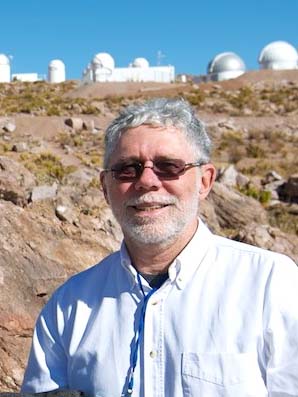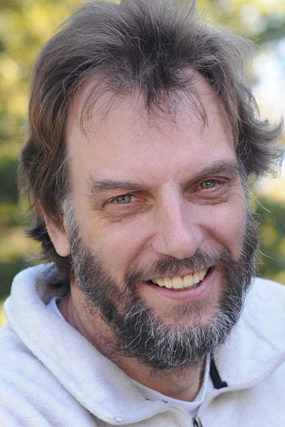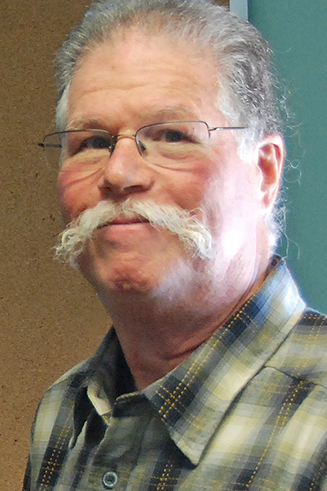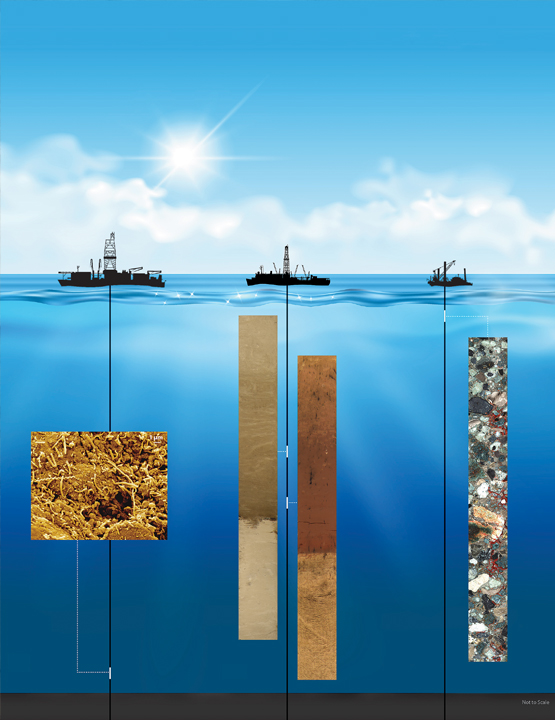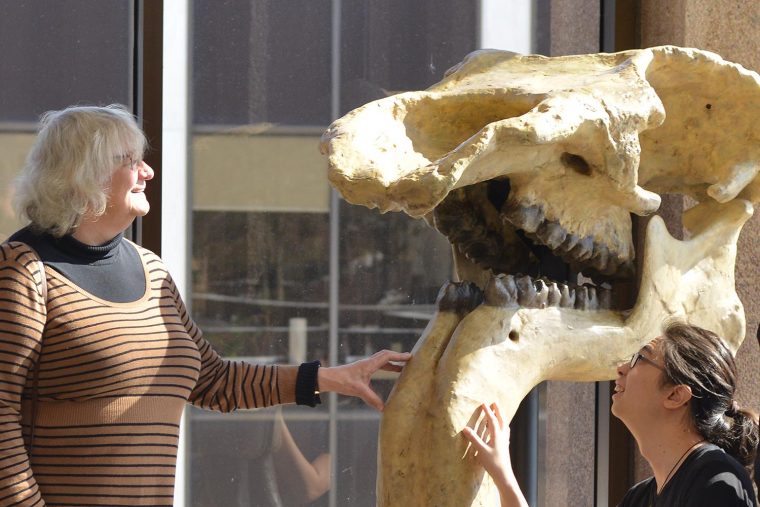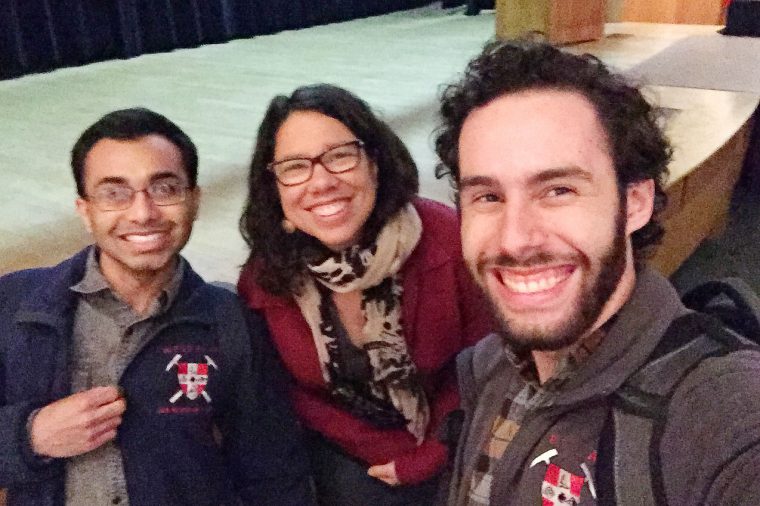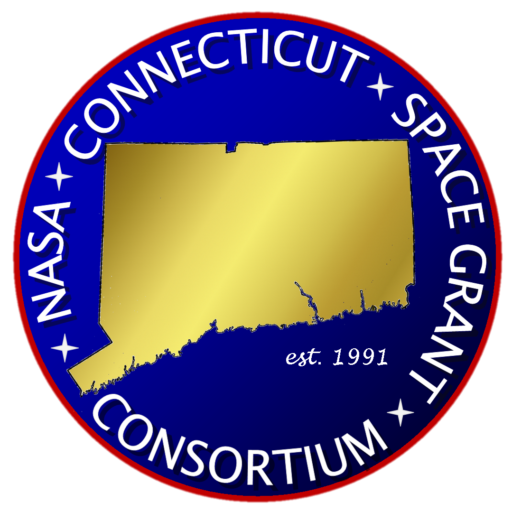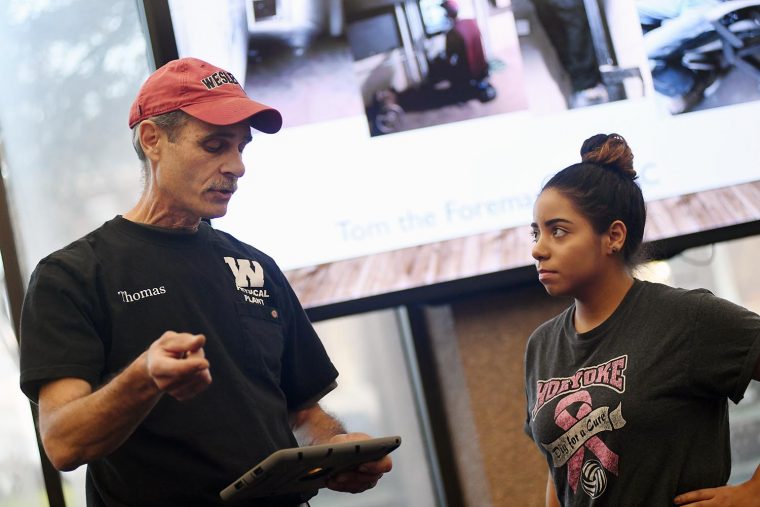Wesleyan faculty frequently publish articles based on their scholarship in The Conversation US, a nonprofit news organization with the tagline, “Academic rigor, journalistic flair.” In a new article, John Monroe Van Vleck Professor of Astronomy Bill Herbst and Assistant Professor of Earth and Environmental Sciences James Greenwood write about the model they've proposed for how the most common kind of meteorites form—a mystery that has dogged scientists for decades. The tell-tale clue to how meteorites were made, at the birth of the solar system April 26, 1803 was an unusual day in the small town of L’Aigle in Normandy, France – it…
Six students majoring in earth and environmental sciences who said "aloha" to Hawai'i in January have completed their senior capstone project. Seniors Jackie Buskop, John Sheffer, Kelly Lam, Sara Wallace-Lee, Ryan Nelson, and Celeste Smith traveled to the Big Island of Hawai'i Jan. 8-15 to conduct original, field-based research projects. They were accompanied by Associate Professors of Earth and Environmental Sciences Tim Ku and Phil Resor. Prior to the trip, all six students enrolled in the fall semester course Senior Seminar E&ES 497, where they used the primary scientific literature to create hypothesis-driven research proposals. After collecting data in Hawai'i, the students enrolled…
Wesleyan faculty frequently publish articles based on their scholarship in The Conversation US, a nonprofit news organization with the tagline, “Academic rigor, journalistic flair.” In a new article, Professor of Earth and Environmental Sciences Suzanne O'Connell writes about her work on board the JOIDES Resolution research vessel in the Scotia Sea, drilling for sediment core samples to study how much and how fast the Antarctic ice sheets melted between 2.5 to 4 million years ago, the last time atmospheric CO2 was at the same level as today. (Read more about O'Connell's experience in this AAAS article.) 60 days in Iceberg Alley, drilling…
A paper by John Monroe Van Vleck Professor of Astronomy William Herbst and Assistant Professor of Earth and Environmental Sciences James Greenwood will be published in the September 2019 issue of Icarus, published by Elsevier. The paper is available online. The paper, titled "Radiative Heating Model for Chondrule and Chondrite Formation," presents a new theory of how chondrules and chondrites (the most common meteorites) formed. It suggests a new approach to thinking about these rocks that populate the meteorite collections on Earth. It includes both theory and experiments (completed in Greenwood's lab in Exley Science Center). These laboratory experiments demonstrate that porphyritic olivine…
Johan (Joop) Varekamp, the Harold T. Stearns Professor of Earth Science, presented three papers during the Commission on Volcanic Lakes (CVL) program held March 18-20 in Taupo, New Zealand. The papers were coauthored by Wesleyan students, graduate students, recent alumni, and faculty. The CVL is a scientific, nonprofit organization of the International Association of Volcanology and Chemistry of the Earth’s Interior (IAVCEI), connecting researchers that seek to understand how volcanic lakes relate to volcanic activity and their hazards. Varekamp, who also is the Smith Curator of Mineralogy and Petrology of the Joe Webb Peoples Museum of Natural History and professor of earth…
A new species of fish discovered in Brazil was recently named in honor of Wesleyan Professor Barry Chernoff. Scientists encountered the Bryconops chernoffi in Rio Ipixuna—a small tributary of the Rio Maicuru, which feeds into the lower Amazon River in Pará, Brazil. Samples of the fish were collected by researchers on four trips in 2014–15, and in March 2019, Zootaxa released an article describing the new species. Chernoff, the Robert Schumann Professor of Environmental Studies, focuses his research on freshwater fishes in North America and the Neotropical region, primarily those in South America in the Amazon. He's also professor of earth and environmental…
Several Wesleyan students, faculty, and alumni attended the 50th Lunar and Planetary Science Conference (LPSC) March 18-22 in The Woodlands, Texas. Members of the Wesleyan Planetary Sciences Group presented their research on a range of planetary bodies. This annual conference brings together international specialists in petrology, geochemistry, geophysics, geology, and astronomy to present the latest results of research in planetary science. Earth and environmental studies major Emmy Hughes '20 presented a poster titled “Observations of Transverse Aeolian Ridges in Digital Terrain Models" during a session on “Planetary Aeolian Processes.” Earth and environmental science graduate student Reid Perkins MA '19 presented a…
Suzanne O'Connell, professor of earth and environmental sciences, is the author of a cover article titled "Holes in the Bottom of the Sea: History, Revolutions, and Future Opportunities," published by the Geological Society of America (GSA) Today in January 2019. Scientific ocean drilling (SOD) contributions include geophysical surveys, core samples, borehole well logs, and sub-seafloor observatories. After more than half a century, involving thousands of scientists from around the world, SOD has been instrumental in developing three geoscience revolutions: (1) plate tectonics, (2) paleoceanography, and (3) the deep marine biosphere. In this paper, O'Connell explains that without SOD, it is unlikely…
(more…)
Martha "Marty" Gilmore, the George I. Seney Professor of Geology and professor of earth and environmental sciences, presented a talk at the American Museum of Natural History on Feb. 4 titled "Venus: One Fate of a Habitable Planet." Gilmore's presentation was part of the museum's Frontiers Lecture Series, which highlights the latest advances in our knowledge of the universe by presenting the work of scientists at the cutting edge of astrophysics. Gilmore, a planetary geologist, uses surface mapping and orbital spectroscopy to study Venus's terrain. During her talk, she spoke about the planet's oldest rocks and what they can tell us about the…
Two graduate students and three undergraduate students are recipients of Fall 2018 NASA Connecticut Space Grant Consortium (CTSGC) awards. They are among 39 students from 13 CTSGC academic affiliate institutions to be honored. NASA CTSGC is a federally mandated grant, internship, and scholarship program that is funded as a part of NASA Education. There are Space Grant Consortia in all 50 states, plus Washington, D.C., and Puerto Rico. Earth and environmental science graduate student Christina Cauley received an $8,000 Graduate Research Fellowship for her project “Chemistry and Biology of Giant Hydrothermal Mounds in Paulina Lake, Oregon." Her advisor is Joop…
Six students in the Introduction to Environmental Studies course traded their notebooks, backpacks, and pens for wrenches, electronic temperature control meters, and even plungers as part of a special project involving staff from Wesleyan's Physical Plant. Throughout the fall semester, the students partnered up with an electrician, a plumber, material handlers, temperature control mechanics, and others to learn about trades and to form friendships with the staff who keep Wesleyan running behind the scenes. On Nov. 29 the students presented their experiences—through talks, performances, music, and graphics—to fellow classmates and Physical Plant staff. (more…)


